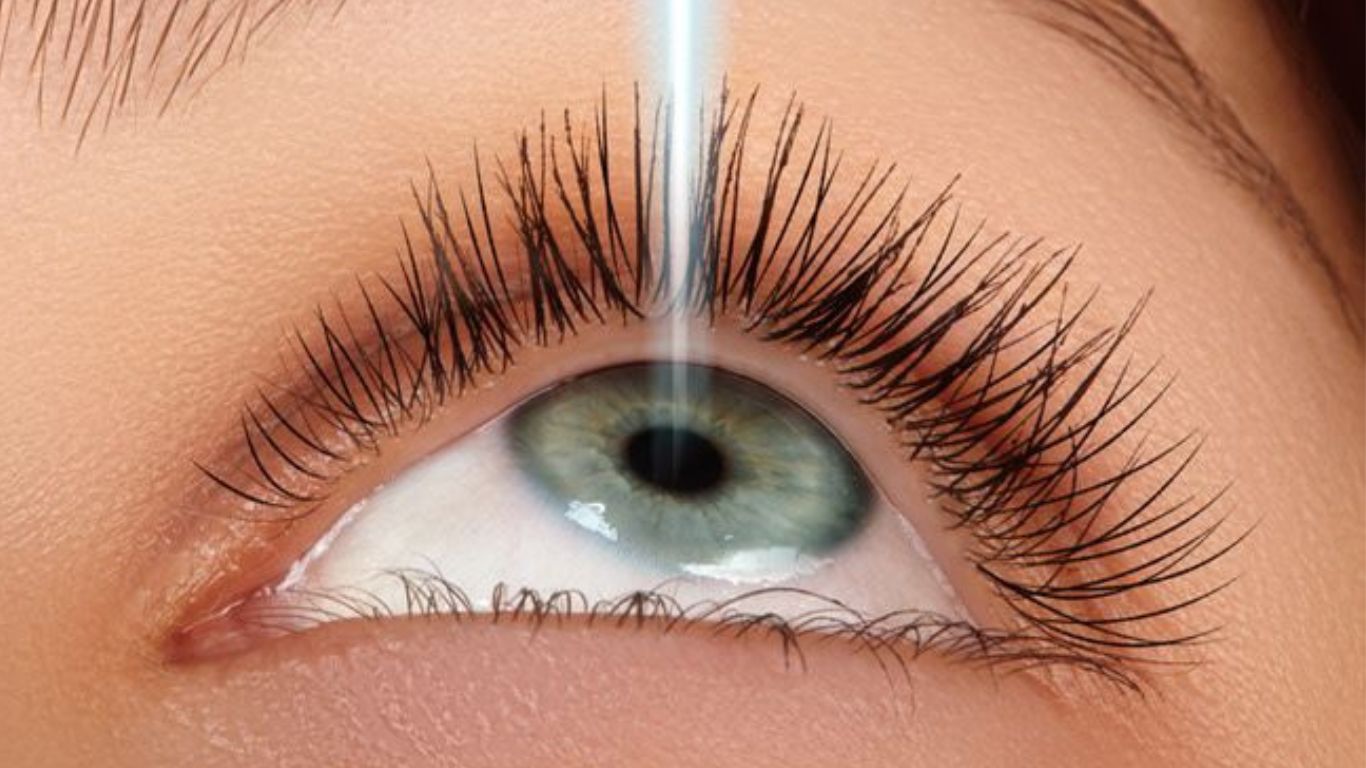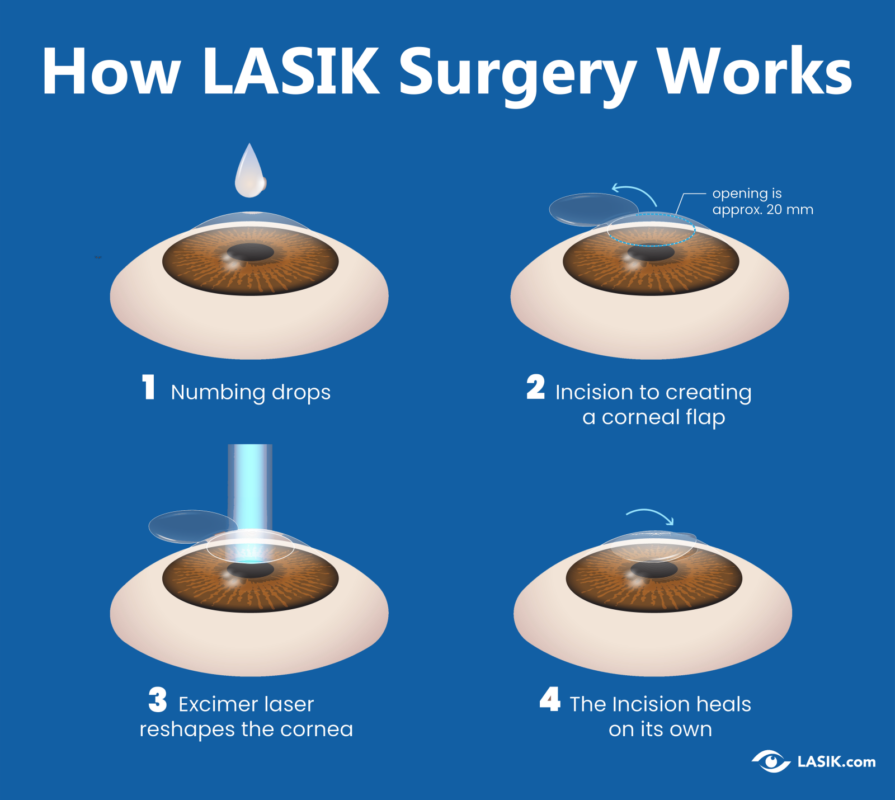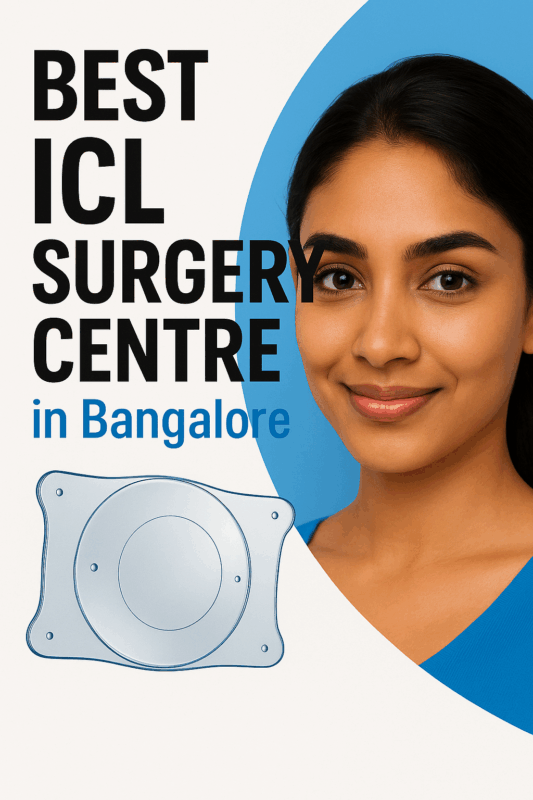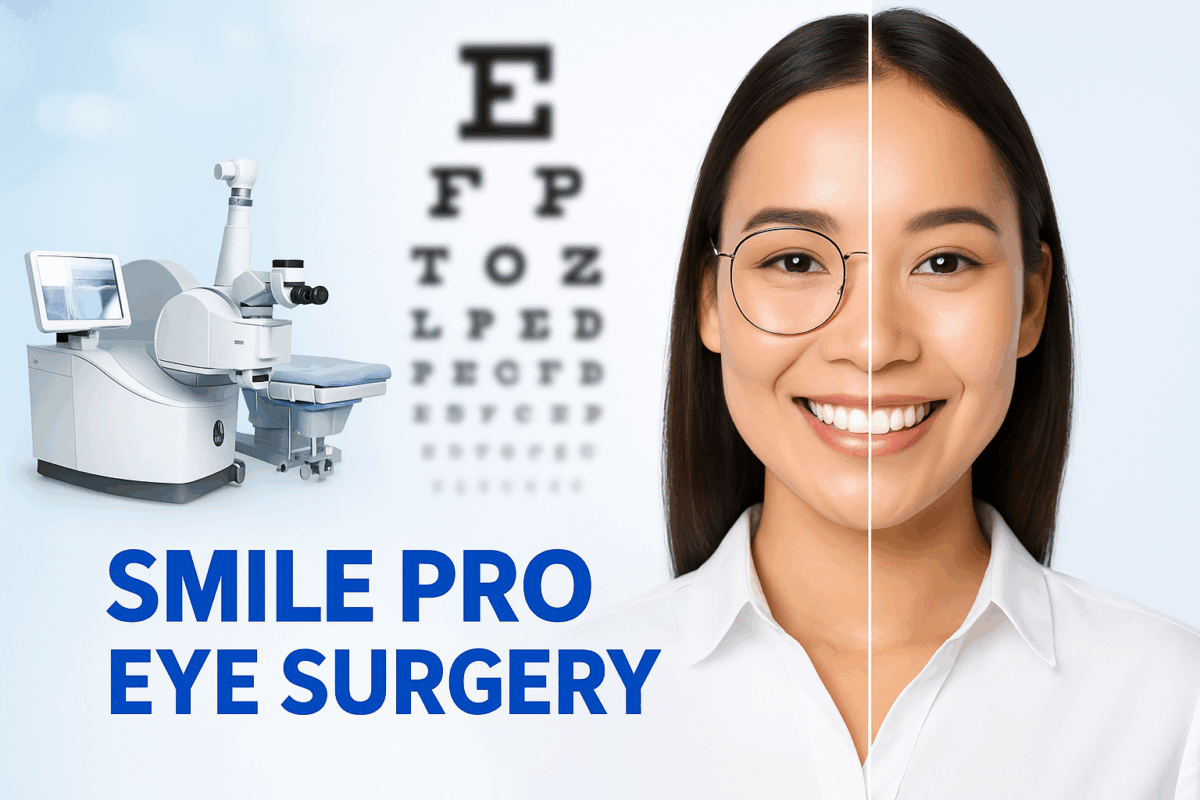Introduction:
The quest for clearer vision has led to remarkable advancements in ophthalmology. Moreover, one such milestone is laser treatment in the eye, a cutting-edge procedure that has transformed the way eye conditions are managed. In this article, we will explore the ins and outs of laser treatment, from its scientific foundations to its practical applications and benefits.
Understanding Laser Treatment:
The Science Behind Laser Technology:
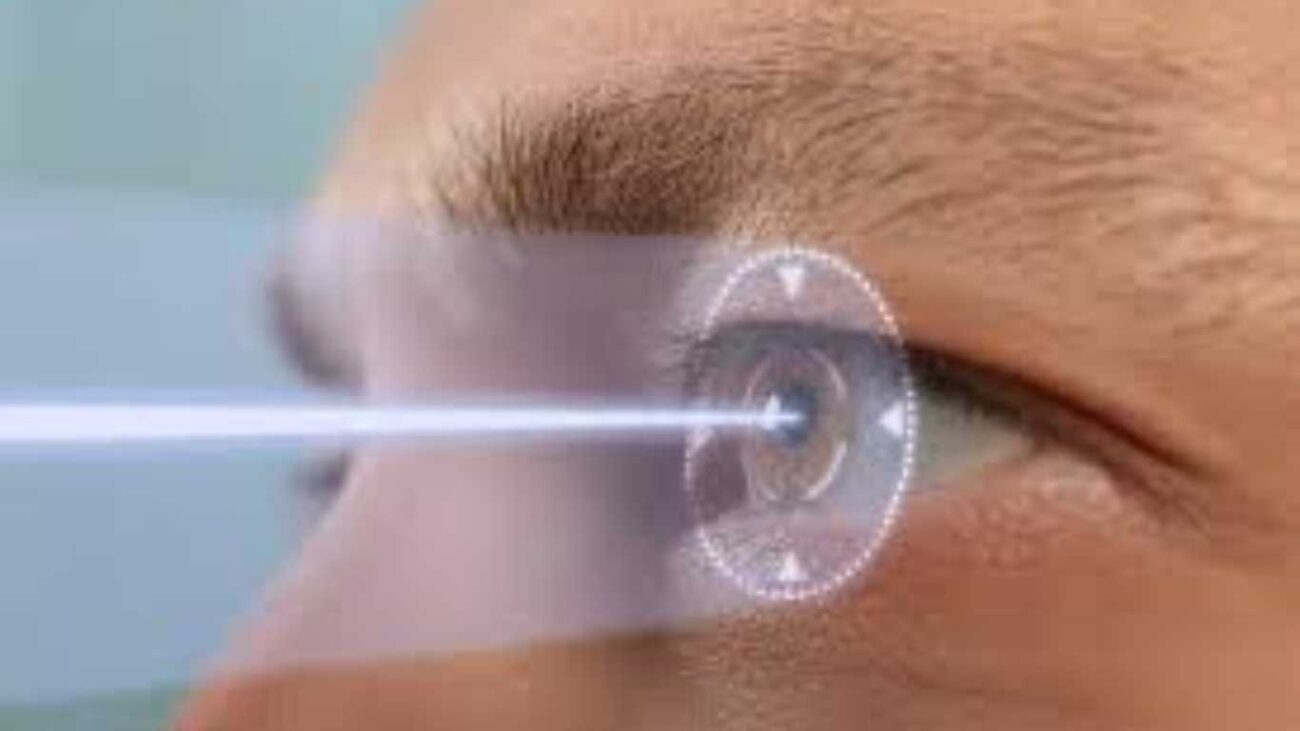
Before we dive into the applications of laser treatment, it’s essential to understand the science behind it. Laser, an acronym for “Light Amplification by Stimulated Emission of Radiation,” emits highly focused and coherent beams of light. This precision is what makes laser technology ideal for delicate eye procedures.
Types of Laser Eye Treatments:
There are several types of laser eye treatments, each tailored to specific eye conditions. The most common procedures include LASIK (Laser-Assisted In Situ Keratomileusis), PRK (Photorefractive Keratectomy), and LASEK (Laser Epithelial Keratomileusis). These procedures aim to correct refractive errors, such as myopia (nearsightedness), hyperopia (farsightedness), and astigmatism.
Common Eye Conditions Treated with Laser:
Laser Vision Correction:
Laser vision correction procedures like LASIK have gained immense popularity for their ability to reshape the cornea and improve vision. Furthermore, patients often achieve 20/20 vision or better after undergoing these treatments.
Glaucoma Management:
Doctors use laser therapy to manage glaucoma, a condition characterized by increased intraocular pressure. The procedure helps improve drainage in the eye, reducing pressure and preventing further damage.
Diabetic Retinopathy:
Diabetic retinopathy, a complication of diabetes, can lead to vision loss. Additionally, laser treatment is effective in preventing the progression of this condition by sealing leaky blood vessels in the retina.
The Laser Treatment Process:
Preparing for Laser Eye Surgery:
Before undergoing laser eye surgery, patients undergo a thorough eye examination to determine their suitability for the procedure. This evaluation ensures that healthcare providers tailor the treatment plan to the specific needs of the individual.
During the Procedure:
Laser eye surgery is typically a quick and painless process. Healthcare providers administer numbing drops to patients to minimize any sensations, although patients may still experience mild discomfort. The surgeon uses a laser to reshape the cornea, and the entire procedure often takes less than 15 minutes.
Post-Operative Care:
After laser treatment, patients receive detailed post-operative instructions. It’s essential to follow these guidelines to ensure a smooth recovery and optimal results. Most patients experience improved vision within a few days.
Benefits and Advantages:
Precision and Accuracy:
Laser technology offers unmatched precision, making it possible to correct vision with minimal tissue disruption. This precision results in predictable outcomes and high success rates.
Minimal Discomfort:
Laser eye surgery is relatively painless, with most patients reporting only minor discomfort. Numbing drops and advanced laser techniques contribute to a comfortable experience.
Quick Recovery:
Compared to traditional surgical methods, laser treatment boasts a quicker recovery period. Patients can typically resume their daily activities within a few days.
Risks and Considerations:
Possible Side Effects:
While laser eye surgery is generally safe, some patients may experience temporary side effects such as dry eyes, glare, or halos. These issues usually resolve within a few weeks.
Suitability for Laser Treatment:
Not everyone is a candidate for laser eye surgery. Factors like age, prescription stability, and overall eye health play a role in determining suitability. A comprehensive eye exam is necessary to assess eligibility.
Choosing the Right Ophthalmologist:
Selecting an experienced and qualified ophthalmologist is crucial for a successful laser treatment experience. Research potential surgeons, read patient reviews, and ask for recommendations to ensure you’re in capable hands.
Frequently Asked Questions (FAQs):
What is the success rate of laser eye surgery?
Laser eye surgery has a high success rate, with the majority of patients achieving improved vision. However, individual outcomes may vary.
Does laser treatment hurt?
Laser eye surgery is generally not painful. During the procedure, patients may experience minor discomfort or pressure, but they typically tolerate it well.
Are there age restrictions for laser eye surgery?
Most candidates for laser eye surgery are between the ages of 18 and 65. However, individual factors determine eligibility, and a qualified eye surgeon should make this determination.
Can I drive immediately after laser eye treatment?
Individual factors determine eligibility and a qualified eye surgeon should make this determination. Most patients can resume driving within a few days.
Is laser treatment covered by insurance?
In many cases, laser eye surgery is considered an elective procedure and may not be covered by insurance. It’s essential to check with your insurance provider for specific details

